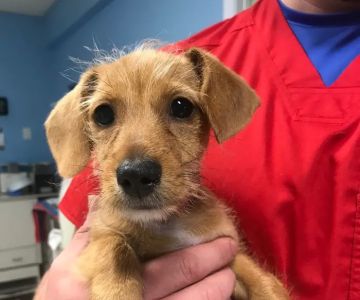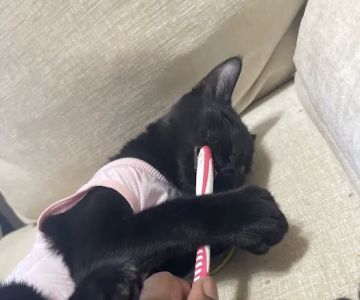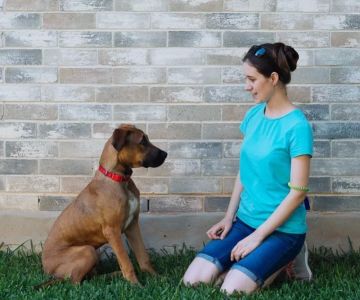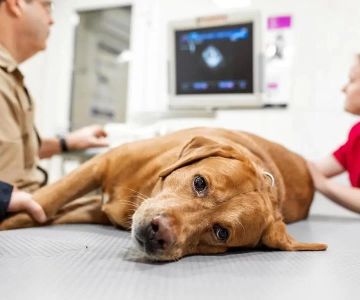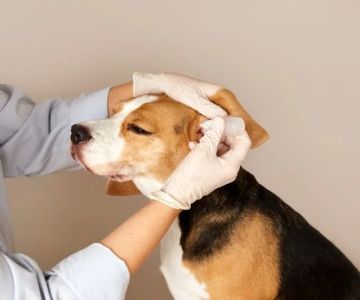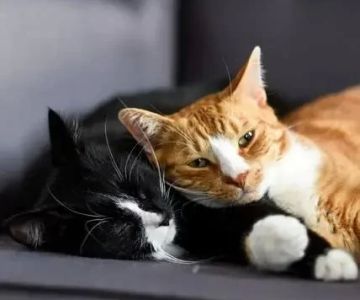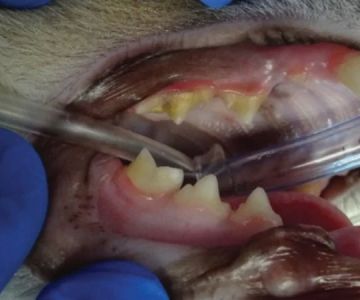What Are the Signs That My Pet Is Dehydrated? How to Spot and Address It
- 1. Understanding Dehydration in Pets
- 2. Common Signs of Dehydration in Pets
- 3. Why Hydration is Crucial for Your Pet's Health
- 4. How to Prevent and Treat Dehydration in Pets
- 5. How Hidden Brook Veterinary Can Help with Pet Hydration
1. Understanding Dehydration in Pets
Dehydration in pets is a serious condition where your pet’s body loses more water than it takes in. Since water is essential for nearly every bodily function, dehydration can lead to organ failure, reduced circulation, and even death in severe cases. Pets, especially cats and dogs, are particularly vulnerable to dehydration, and it’s crucial for pet owners to recognize the signs early to prevent complications.
Dehydration can be caused by various factors, such as not drinking enough water, excessive heat, illness, vomiting, diarrhea, or increased urination. In some cases, dehydration is caused by an underlying medical condition that affects your pet’s ability to absorb water properly.
2. Common Signs of Dehydration in Pets
Recognizing the early signs of dehydration in pets is crucial for preventing more severe health problems. Here are some common signs to look for:
2.1 Dry or Sticky Gums
Healthy gums should feel moist. If your pet’s gums are dry or sticky to the touch, it’s a clear indication that they may be dehydrated. This is often one of the first signs of dehydration in pets.
2.2 Reduced Skin Elasticity
To check for dehydration in your pet, gently pinch the skin on the back of their neck or between their shoulder blades. If the skin doesn’t return to its normal position quickly, this could indicate dehydration. This is called skin tenting, and it’s a common sign of dehydration in pets.
2.3 Lethargy or Weakness
Pets that are dehydrated often exhibit a lack of energy or seem unusually weak. If your pet is lethargic or hesitant to move, dehydration could be the cause. It’s important to monitor your pet’s behavior and contact a vet if you notice any significant changes in their energy levels.
2.4 Sunken Eyes
Dehydration can cause a pet’s eyes to appear sunken or hollow, and they may also have a dull or glazed look. If your pet’s eyes appear abnormal, it’s essential to seek medical attention.
2.5 Decreased Urination
If your pet is urinating less than usual or has dry, dark-colored urine, dehydration may be the cause. Reduced urination is a serious sign of dehydration and requires immediate attention.
3. Why Hydration is Crucial for Your Pet's Health
Proper hydration is essential for every part of your pet’s health. Water plays a key role in regulating body temperature, supporting digestion, maintaining healthy circulation, and flushing toxins from the body. Dehydration can impair all of these functions, leading to a variety of health problems. Here's why keeping your pet hydrated is so important:
3.1 Supports Organ Function
Water is vital for the proper functioning of your pet’s kidneys, heart, and digestive system. When your pet is dehydrated, their organs struggle to function, which can lead to serious health complications.
3.2 Regulates Body Temperature
Pets, especially during hot weather, need adequate water intake to regulate their body temperature. Dehydration can make it difficult for your pet to stay cool, increasing the risk of heatstroke and other heat-related illnesses.
3.3 Promotes Healthy Joints and Muscles
Water helps to lubricate joints and muscles, making it easier for pets to move around. When pets are dehydrated, they may become stiff and have difficulty walking or playing, leading to discomfort and reduced mobility.
4. How to Prevent and Treat Dehydration in Pets
Preventing dehydration in pets is relatively simple, and it’s crucial for their health and well-being. Here are some steps you can take to ensure your pet stays hydrated:
4.1 Ensure Fresh Water Is Always Available
Make sure your pet has access to fresh, clean water at all times. Some pets are more likely to drink from a water bowl than others, so try placing bowls in different areas of the house to encourage drinking.
4.2 Provide Wet Food
If your pet is reluctant to drink enough water, consider switching to wet food, which contains higher moisture content. This can help supplement their water intake and prevent dehydration.
4.3 Treating Dehydration
If your pet is already showing signs of dehydration, it’s important to get them rehydrated as quickly as possible. Offer them small amounts of water regularly, or consult your vet about giving them electrolyte solutions or intravenous fluids for more severe dehydration.

